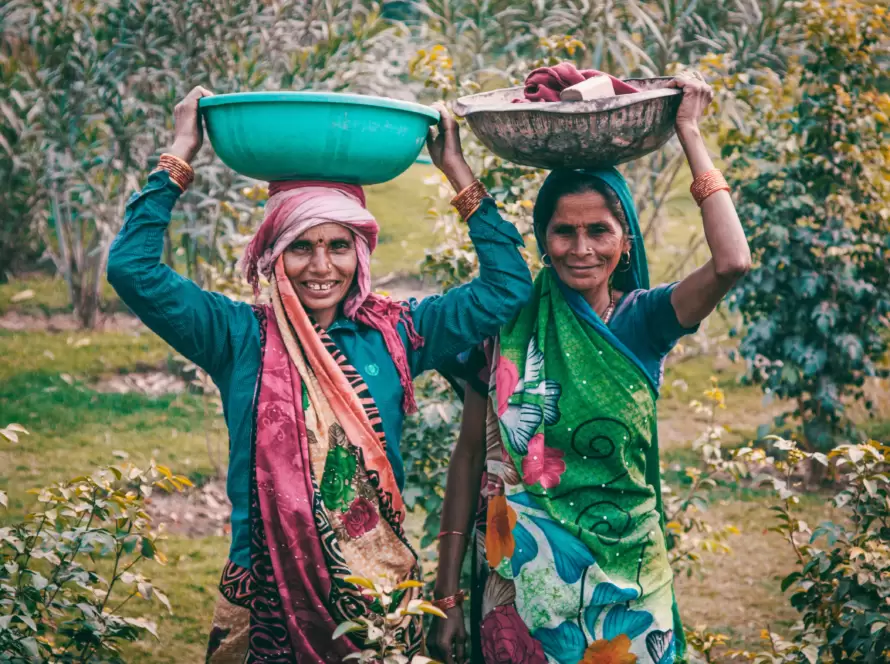Published by Contentify AI
Delve into the enchanting realm of classical dance forms in India, where each movement encapsulates a rich tapestry of history, tradition, and spirituality. The language of dance in India is a profound one, with various forms like Bharatanatyam, Kathak, Odissi, Kuchipudi, and Manipuri, each telling a story through intricate gestures, expressions, and footwork. These classical dance forms are not just performances but are regarded as a form of worship, connecting the dancer with the divine.
Bharatanatyam, originating from Tamil Nadu, is known for its precise footwork and expressive storytelling. Kathak, hailing from Northern India, combines fast-paced footwork with graceful movements. Odissi, from Odisha, embodies fluidity and grace, reflecting the sculptures adorned on ancient temples. Kuchipudi, a dance-drama form from Andhra Pradesh, is characterized by its dynamic footwork and narrative style. Manipuri dance, from Manipur, focuses on devotion and spirituality, often performed as a form of worship in temples.
Through these classical dance forms, artists not only showcase their talent but also carry forward centuries-old traditions and stories. The intricate hand gestures, facial expressions, and rhythmic footwork all come together to create a mesmerizing experience for the audience, transcending language barriers and speaking directly to the soul. The Language of Dance in India is a testament to the country’s cultural diversity and its ability to preserve and cherish its artistic heritage through the generations.


